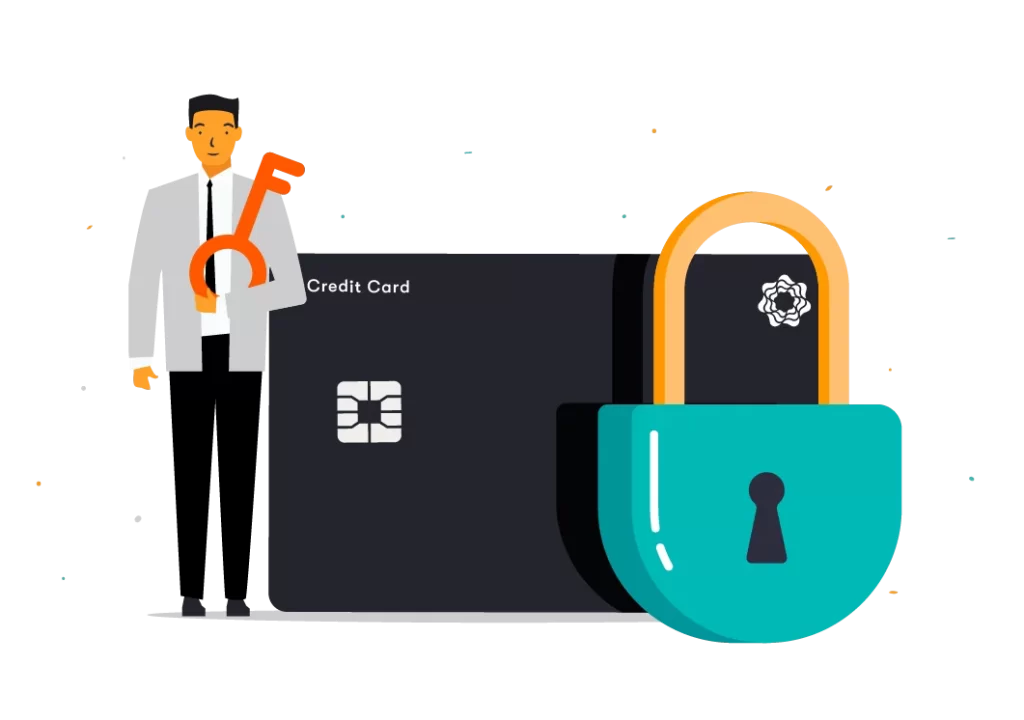How to Protect Yourself from Credit Card Scams
Introduction
Credit card scams are a common form of financial fraud that can cause significant financial losses and damage to your credit score. Scammers use various tactics, such as phishing, skimming devices, or fake credit card offers, to steal your credit card information and make unauthorized transactions. This blog will provide you with the knowledge and tools to identify and protect yourself from credit card scams.
Common Credit Card Scams
Phishing Scams
- Scammers may pose as your bank or credit card company, sending emails, texts, or making calls claiming there is an issue with your account. They request your card number, PIN, or other personal details to “verify” your identity.
- How to Spot It: Legitimate financial institutions will never ask for sensitive information over email, text, or phone.
Skimming Devices
- These devices can be installed on ATMs, gas pumps, or point-of-sale terminals. They secretly capture your card information when you swipe or insert your card.
- How to Spot It: Look for signs of tampering on card readers, such as loose parts, bulky attachments, or unusual-looking devices.
Fake Credit Card Offers
- Fraudsters may send fake offers via mail or online ads, promising “guaranteed approval” for a credit card, but they request upfront fees or personal information.
- How to Spot It: Be cautious of offers that seem too good to be true or those that require payment upfront.
Data Breaches
- Large-scale data breaches can expose your credit card information through hacked databases or online accounts.
- How to Spot It: Keep an eye on news about breaches affecting retailers or financial services you use.
Account Takeover Fraud
- Scammers may gain access to your credit card account through hacking or phishing, allowing them to make purchases or change account information.
- How to Spot It: Be alert for unauthorized charges or unexpected account changes.
Red Flags to Watch For
- Unexpected emails, calls, or messages asking for your credit card details.
- Unfamiliar charges on your credit card statement.
- Card readers at ATMs or point-of-sale terminals that look tampered with.
- Credit card offers with suspicious terms, high upfront fees, or limited details.
How to Protect Yourself
- Monitor Your Accounts Regularly: Review your credit card statements frequently and set up account alerts to notify you of new transactions.
- Use Secure Payment Methods: For online purchases, use payment methods like virtual credit card numbers, PayPal, or other trusted services to reduce exposure.
- Protect Your PIN and Card Information: Never share your PIN, and cover the keypad when entering your PIN at ATMs or card readers.
- Check for Skimming Devices: Inspect ATMs and card readers before use, especially at gas stations and non-bank ATMs.
- Use Two-Factor Authentication: Enable two-factor authentication for online accounts linked to your credit card for added security.
- Shred Sensitive Documents: Destroy old credit card statements, pre-approved offers, and other documents containing your card details.
What to Do If You’re a Victim
- Contact Your Card Issuer Immediately: Report any unauthorized transactions or lost/stolen cards to your bank or credit card company.
- Place a Fraud Alert on Your Credit Report: Contact one of the major credit bureaus (Equifax, Experian, or TransUnion) to put a fraud alert on your credit file.
- Dispute Unauthorized Charges: Work with your credit card company to dispute any fraudulent charges.
- File a Police Report: If you suspect major fraud, report it to your local law enforcement.
- Report to the Federal Trade Commission (FTC): Submit a complaint at www.ftc.gov regarding credit card fraud.
Conclusion
Credit card scams can happen to anyone, but being proactive and informed is your best defense. By recognizing red flags, securing your credit card information, and acting quickly if you become a victim, you can minimize the impact of fraud. Stay vigilant and use available security tools to keep your financial information safe.




 4.1 Attribution Theory and Person Perception: Why We Judge People the Way We Do (Even When We’re Totally Wrong) Let’s be honest. We’ve all
4.1 Attribution Theory and Person Perception: Why We Judge People the Way We Do (Even When We’re Totally Wrong) Let’s be honest. We’ve all


